I fumbled around nervously with my box of peppermint candy canes, hesitating over whether to hand them into the food bank. Every little bit helps, I suppose.
And a change from pasta and tinned foods, which usually make up a standard, three-day emergency supply from the food bank. It’s a humanitarian lifeline which rescues families teetering on the brink of starvation in modern Scotland.
I’d bought too many sweet things to hang from our Christmas tree, so this seemed a good idea at the time. Now, I flinched at the 80% sugar content listed on the box. I’d just read that obesity was costing the UK billions.
Admittedly, my donation lacked the nutrition levels of soups and tuna which good souls were putting in the charity food box, but I felt the candy canes might lift the heart of a small child – if not nourish their body.
Unsurprisingly, these little red and white swirly things shaped like shepherds’ crooks were called sugar sticks when they originated in Germany centuries ago – now packed with almost 30% more sugar than even the American hard gums I can’t stop eating.
I felt healthier, suddenly. Hanging these canes from Christmas trees is a nice, old-fashioned tradition.
They also came to be of great religious significance to some, especially at this time of year. They saw the red as Christ’s blood, the white to wash away our sins, and the crook reminding us of the good shepherd. Never has so much responsibility rested on the shoulders of a piece of confectionery.
I checked the small print on the pack to see which quaint little German village they’d originated from. It just said PRC: People’s Republic of China. I should have known it.
If China bombs Taiwan, supplies of candy sugar canes will soon dry up as economic sanctions bite.
It’s hard to feel sympathy for ‘starving’ celebs
Candy canes might be an old Christmas tradition, but I’m a Celebrity… Get Me Out of Here! is a new one. Which fans watch religiously.
As I shuffled towards the food bank collection point at Tesco, I started thinking about I’m a Celebrity, which has reached its climax on TV over the weekend. What “starving” celebs would give for one of these candy canes.
I had 12, but the producers would probably chop one into small chunks and make them make do with that. I knew this as I’d already seen contestants licking the last crumbs from a paltry few crisps on a plate, which they had been given as a “treat”.
As we see with this show, mind-bending effects of hunger kick in very quickly – affecting mood and temper. Even when it’s just a bunch of celebrities having to starve to raise a laugh.
It’s hard to feel sympathy when they bleat about food and missing their families. Especially when they are laughing all the way to the bank, and are used to being away from family as they ply their celebrity trade.
One philanthropic contestant offered another a pear drop, but it was declined nobly on the grounds that the intended recipient could “enjoy all the pear drops I want” after she got out.
That’s my point: the celebrities are soon back home living a life of comparative luxury. Compared, that is, to some of those watching, who don’t know from where the next meal is coming.
We are living in a social jungle
It’s a mad world when we can talk in a single breath about sugar fuelling an obesity explosion costing the country billions while food banks are stretched to the limit because poor families can’t eat. Oh, and celebrities being starved as light entertainment in return for bundles of cash.
But, as social and political commentators keep pointing out, we are in a total mess. A social jungle, if you like. Caused by a combination of crises, dating back to the banking crash.
We hunger for calm, inspirational unifying leadership, but the cupboard is bare north and south of the border.
I’m a Celebrity is a modern-day panto that fans love; predictable and corny, but comforting all the same
In the meantime, people escape temporarily into the illusory comfort of television. I’m a Celebrity is a modern-day panto that fans love; predictable and corny, but comforting all the same. Even though, this year, I’ve found it all a bit flat.
If contestants are going to pick up this kind of money, they need to make the sparks fly around the campfire. It looked as tame as tea with your granny.
I passed the food collection point again as I made my way out. A staff member was loading all the donated items into a trolley for delivery to the food bank. I could see my candy sticks sitting on top of the pile.
A small gesture of not much consequence, perhaps. But, for some reason, it made me feel better. I think I’ll do it again on a regular basis, but maybe try a tin of tuna next.
David Knight is the long-serving former deputy editor of The Press and Journal
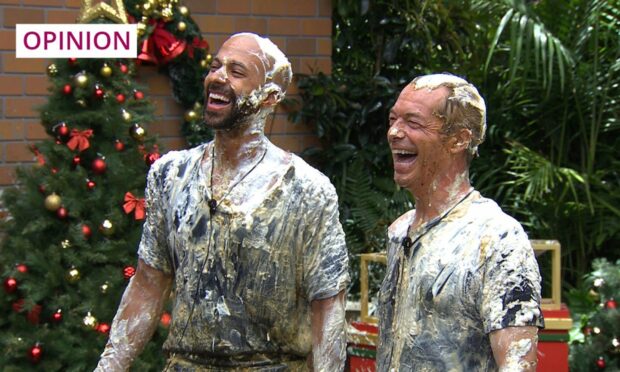
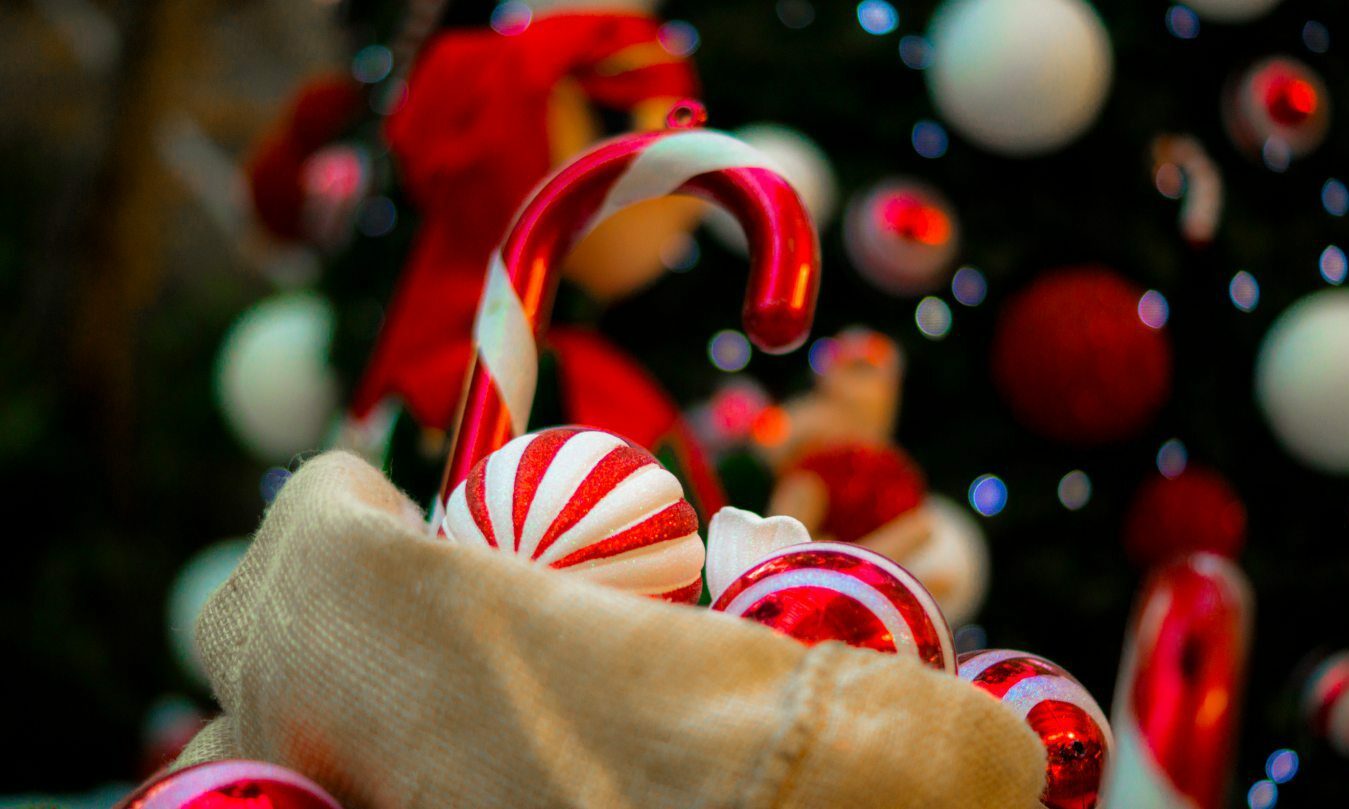
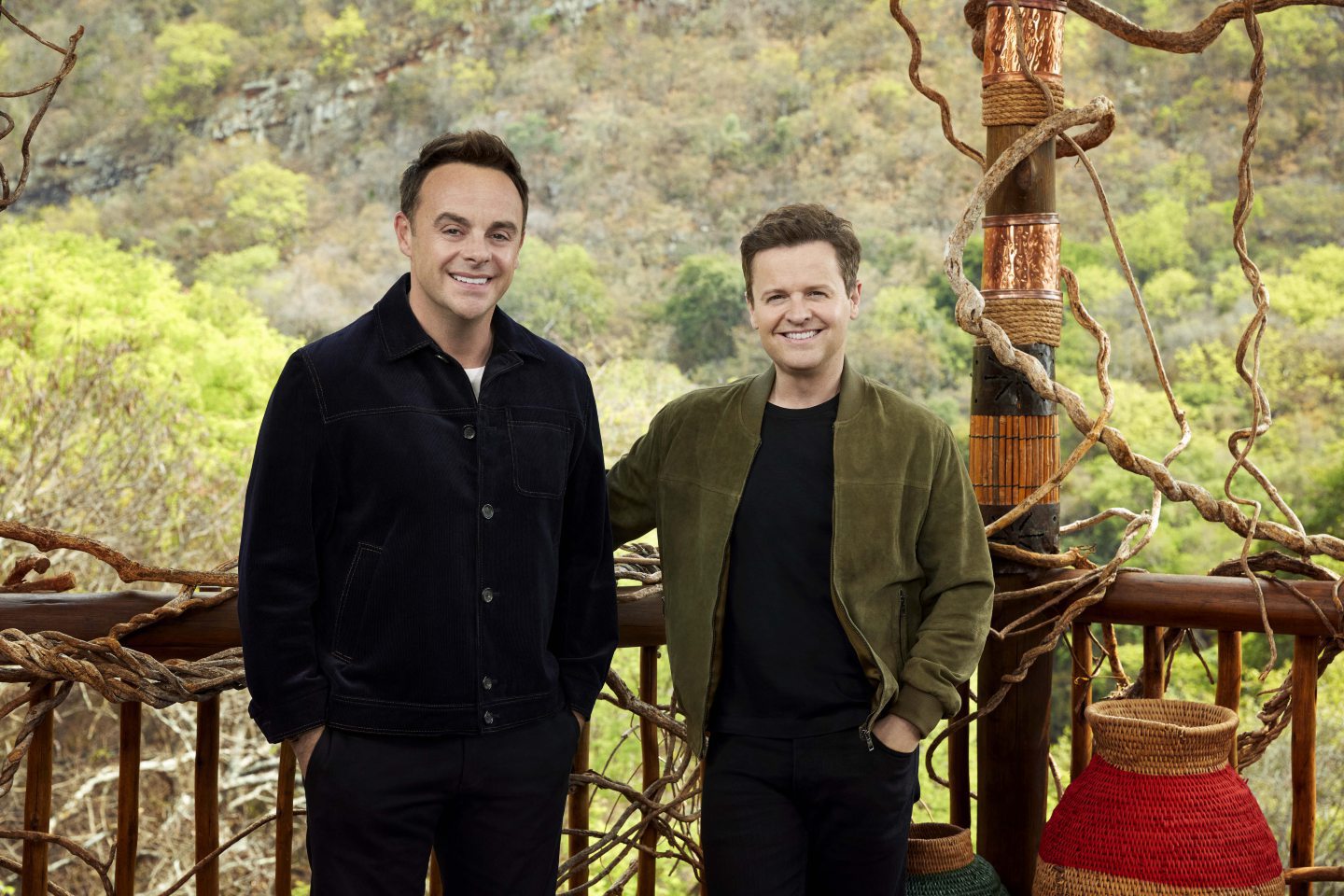

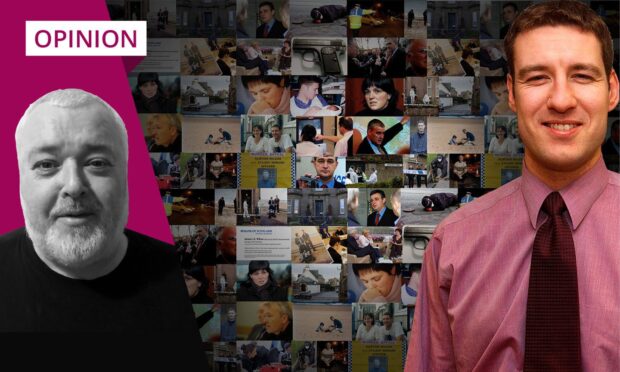

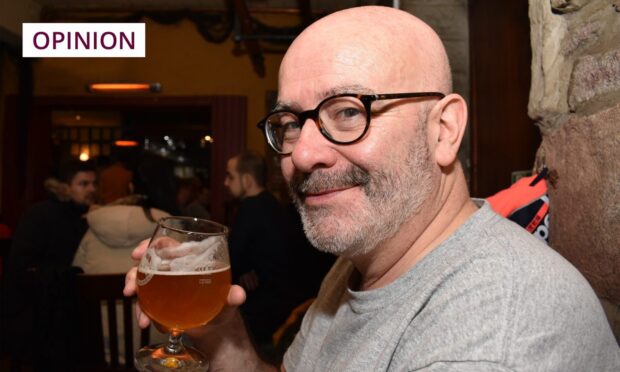
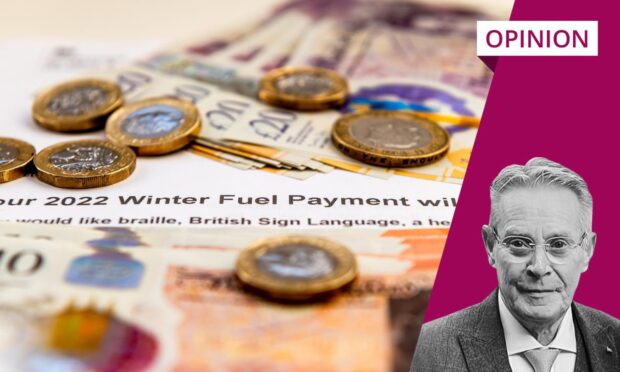


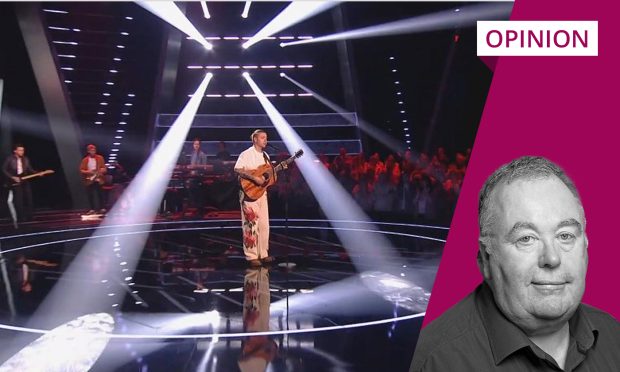
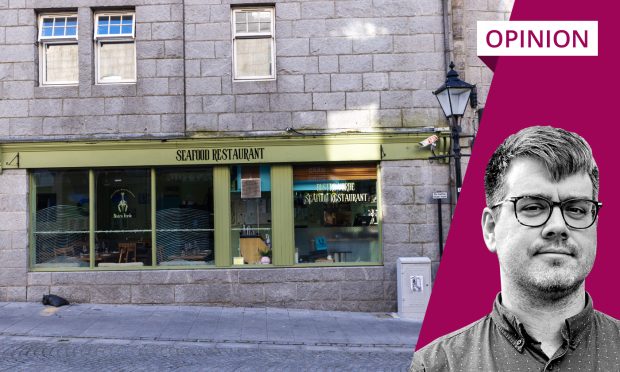
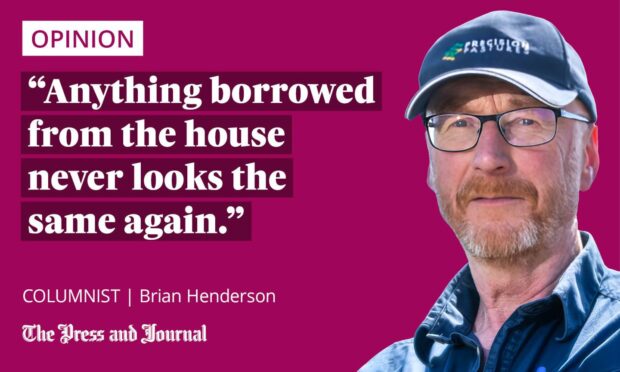
Conversation